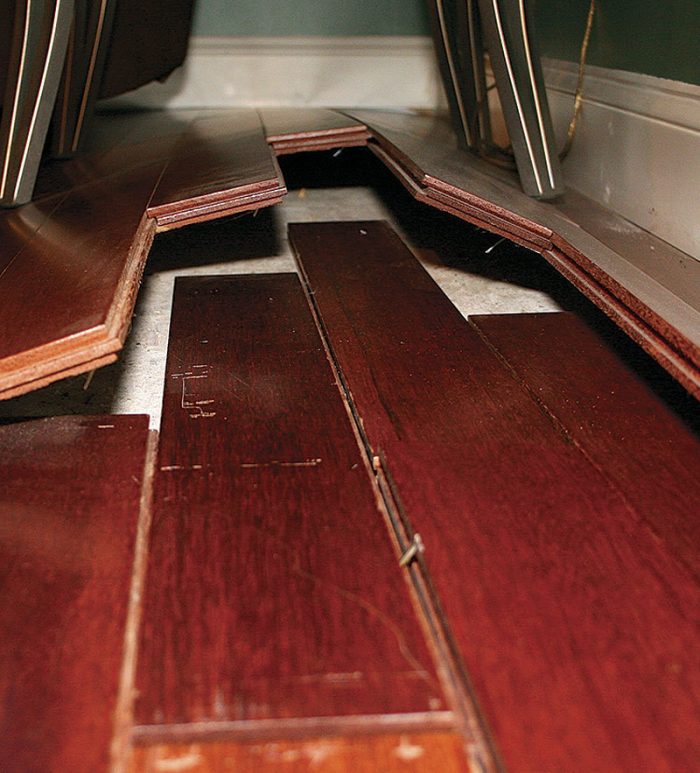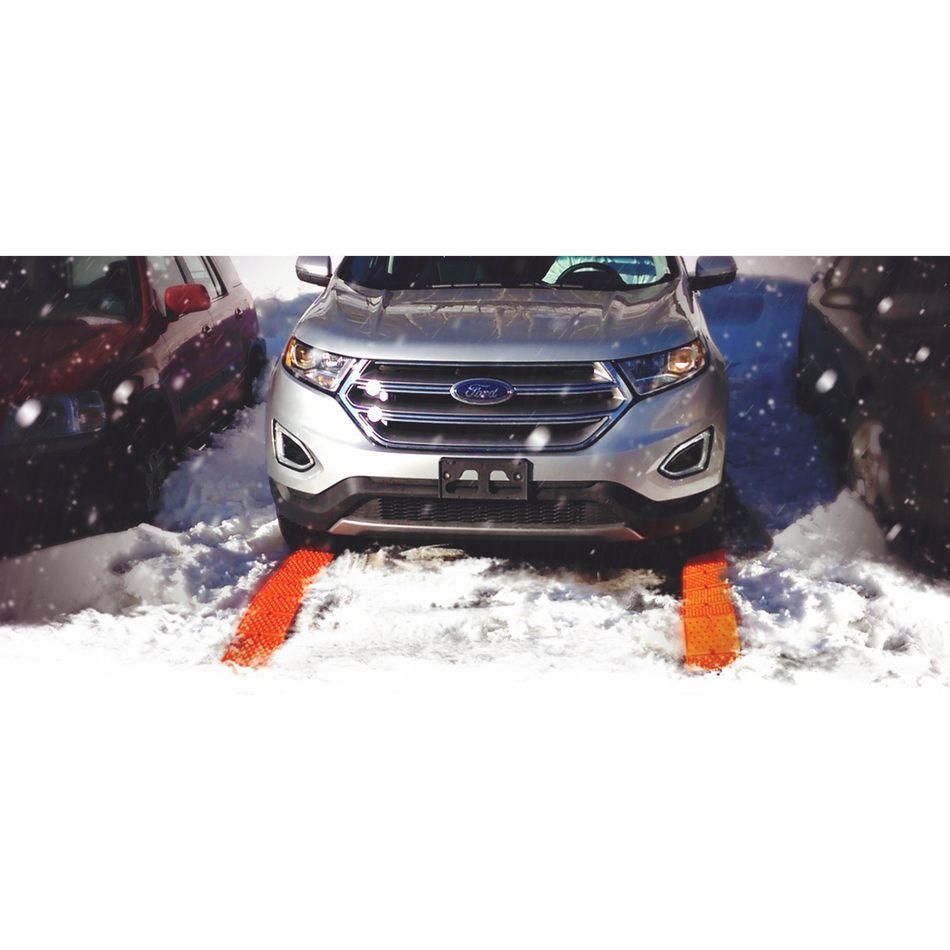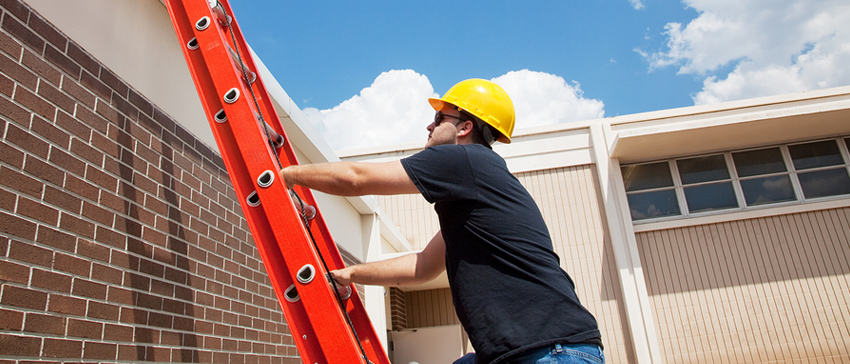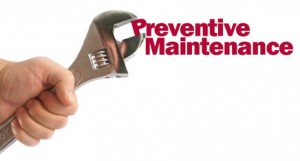How can I extend the life of my transmission?
There are several ways to prolong the life of your performance transmission, and if you employ them, it’ll save you from making huge expenses in the long run. A transmission is one of the most expensive components in a car and as such, a replacement could take a huge chunk out of your wallet.
And that may be the least to worry about since serious issues that arise in your transmission may be difficult to repair. Nonetheless, you can cut costs and at the same time, avoid potential transmission problems just by applying certain tips. These tips will help to extend the life of your performance transmission.
A Great Performance Transmission
Transmission in a manual or automatic car helps to transfer power from the engine to the wheels. What this power transfer does is to enable the car to change its gears and also move in the desired direction.
Now if your transmission is in bad shape, it either has to be overhauled or replaced entirely. The process is expensive and may become a bitter pill to swallow. But the good news is, it can be avoided by carrying out certain checks.
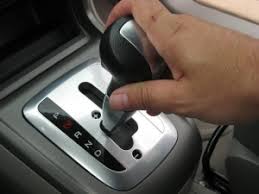
How to Extend the Life of Your Performance Transmission
You can extend the life of your performance transmission by doing the following:
Check the Transmission Fluid Regularly
Transmission fluid helps in cooling and lubrication, and it transmits force and pressure, while also preventing build-up. Therefore, one surefire way to prolong your transmission’s life is to check its fluid regularly.
The transmission fluid may run low or contain impurities as it gets old. When either of these happens, it could lead to common transmission problems such as overheating. Nonetheless, overheating can be avoided if you know just the right time to refill or change the fluid entirely.
Now you may be wondering, how often should you check the transmission fluid? You can inspect the fluid once every month to ascertain its level and condition.
Pick up your dipstick and check the level of the transmission fluid, and if it looks opaque instead of clear red, then the fluid is bad and needs to be changed. Similarly, if you give the fluid a good whiff and perceive a foul smell, then it could be a sign of a problem.
Use Synthetic Fluid
Synthetic transmission fluid is more preferable than ordinary fluid for a number of reasons. For starters, a synthetic fluid is better at resisting cold, heat, oxidation, and shearing. Heat, on the other hand, can break down the organic compounds in a regular fluid thereby making it less effective.
Therefore, if you want your transmission to last longer, synthetic fluid would be your go to option. Heat-resistant, synthetic fluid will help an aging transmission to still offer good performance over time.
A good number of manufacturers are already replacing regular fluids with synthetic fluids in a bid to ensure that the vehicle is not impacted by certain elements. In line with that, it is worth noting that poor quality fluid can harm your transmission; hence, the high-quality fluid must be used at all times.
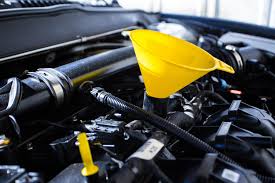
Service Your Transmission Every 30,000 Miles
Your transmission can last for 300,000 miles or more if it is serviced regularly. The reason can be tied to the fact that the transmission can fail within 100,000 miles. What this means is that if you tend to drive around 10-15,000 miles a year, the unit could be down in seven years. Here’s what we’re getting at:
Another way to extend the life of your performance transmission is to get the unit serviced every two years or 30,000 miles. During the servicing process, one of the most effective maintenance procedures will be carried out on your vehicle and that is changing the transmission fluid.
Accordingly, the old fluid will be drained from the transmission, and the pan will be cleaned. The filter will then be replaced before new fluid is poured into it. At the end of the day, you would’ve been able to enhance the performance of your car just by changing the fluid and allowing its filter to work better at trapping dirt.
Interestingly, a service of this nature would cost you around $60-$100 or less depending on where your car is being serviced. If you want to reduce the cost of servicing your transmission even further, learn to carry out the process yourself.
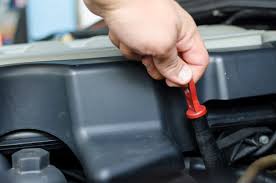
Use an External Filter
You may have taken the needful step to clean your transmission’s filter. But an external filter to the cooler lines can also help to keep dirt away from the fluid. This is because the original filter may be unable to handle all the particles it may encounter, hence an external filter will help it to do a better job.
In the end, more contaminants will be trapped and the transmission fluid will be as clean as possible. Much more, the fluid will be clean for a longer time compared to when a single filter is used.
Maintain the Cooling System
Your car’s radiator also serves to cool the engine since heat can cause a lot of damage to the transmission. While you may have a radiator in place, its level of performance may reduce with time, which is why it is advisable that you maintain it every two years.
These maintenance checks will involve inspecting the coolant levels, changing the antifreeze, and inspect the hoses and belts. Other checks you can carry out include carrying out a radiator cap pressure test, and a thermostat check.
A transmission cooler might also prove very useful if you tend to travel in environments where the temperature of the transmission might be raised to high levels. The same applies if you drive with heavy loads frequently, or in heavy traffic.
Practice Good Driving
It is important to drive your car more easy. Especially on a cold start since transmission fluid is thicker when it’s cold. If the fluid does not move well from the bottom to the top, it could lead to friction thereby causing damage.
What’s more, the transmission takes time to warm up and if it doesn’t, you may be putting too much strain on it. The point is, don’t drive even before the transmission has warmed up.
If it is in cold weather, let the car idle. When the engine’s RPM has lowered, the vehicle can be put into gear. Asides from being easy on the unit, you can use the emergency brake when you’re parking on an incline, and avoid resting your hand on the gear lever as you drive.
Tips for making your vehicle’s clutch last longer
How you drive your vehicle can determine how much time and use you will get out of your clutch. Follow these tips to reduce wear and tear and enjoy your clutch to the maximum life capacity possible.
- Never ride your clutch. This burns out your clutch quickly. Instead, keep your foot off the clutch any time you are pressing on the accelerator.
- Only use your clutch when you need to. If you stop, put the car in neutral and take your foot off the clutch. Keeping the clutch pressed down when it is not in use can increase the likelihood of a clutch repair in the future.
- Do not treat your clutch like a foot rest. Doing so can release the bearings.
- If you drive a manual transmission vehicle, do not downshift each time you slow down the vehicle. This is what you should use brakes for instead.
- Take full advantage of your car’s parking brake. Leaving your car in gear may prevent it from rolling, but it puts significant strain on your clutch.
Do not forget routine maintenance—it keeps your clutch in better shape
Even if you use proper driving techniques, you can wear down your clutch if you do not maintain your vehicle. Full vehicle maintenance prolongs the lifespan of each component, including your clutch. Just some things you should do to prolong the lifespan of your vehicle include:
- Keeping your vehicle’s fluids new and clean. That includes frequent oil changes so that you can prevent any harmful buildup from making your vehicle have to work harder than it should.
- Replace transmission fluids and filters. Every 40,000 to 60,000 kilometers, you should take your vehicle to a company that specializes in transmissions in Lethbridge, Medicine Hat and Calgary. Have them inspect the transmission, replace necessary components and replace the fluid.
- Listen to your clutch and vehicle. Drive with the radio off at least once a week and get used to the noises of your car. That way if you hear something out of the ordinary, you can take it in for a repair or at least an inspection.



